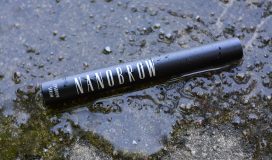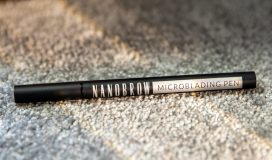Hello!
No matter how incredible and amazing your summer and holiday are, they always come to an end. Did you bring any summer memories and souvenirs back home? If you did – that’s great. Still, it’s worth realizing that apart from the cool stuff that can be bought, you can also return home with a fare dodger. I’m talking now about a skin disease that you can come down with while being on holiday. What should you pay attention to and what symptoms should you find disturbing?
Pediculosis (head louse)
Well, that’s a freak souvenir, isn’t it? The disease is caused by head louse. You can get infected by pediculosis by being in contact with a head wear where the parasite lives. The truth is, kids are the ones who catch lice the fastest. In most cases, lice settle down on occiput and temples.
The symptom of pediculosis is the itchy sensation caused by the bite. Then, as a consequence of scratching the itchy spot, scabs, infections and lichenification appear. In an advanced form of this disease, it’s typical for lymph node to get bigger.
Body louse
Contrary to pediculosis, body louse spreads faster and infests clothes only. The bitten skin area transforms into an swollen itchy spot, and the remaining skin lesions appear as the result of scratching. The very skin lesions are made up of tiny erosion and scabs. Characteristic signs of body louse take the form of brownish discolorations and suppurative inflammation.
Sarcoptic acariasis (scabies)
This disease is caused by dust mites, and the infection occurs after being in contact with either the mites themselves or items infested by them (e.g. bedclothes). Susceptibility to this infection gets higher when our immune system isn’t strong enough. With time itchiness gets more severe, which intensifies even more at night when body temperature is also higher. The marks are easy to notice and are located mostly on the sides of fingers, in creases of skin, on buttock and trunk. Inflammation and eczema develop due to skin scratching.
Pityriasis versicolor
Symptoms of this disease are skin lesions affecting chest, back, neck and basically the entire trunk. They resemble pink or yellow spots of irregular shapes, often discolored by the sun. Pityriasis versicolor is caused by a type of fungi living in a still body of water. We are most prone to being infected with this disease when our body’s immunity is decreased or simply when our skin is susceptible to this type of infections. Excessive perspiration, obesity and inadequate hygiene lead to extending the lifespan of pityriasis versicolor.
Surely, you wouldn’t like to bring home such souvenirs with you. Therefore, if you notice any of the above-mentioned symptoms, don’t wait and visit a physician immediately. The skin diseases I listed are contagious therefore you won’t be able to get over them on your own.
















